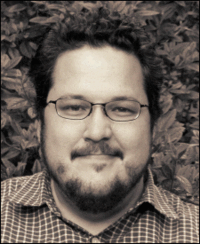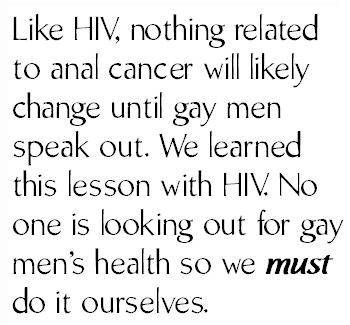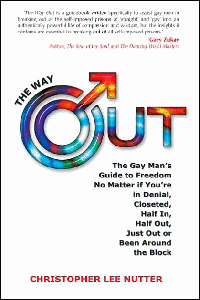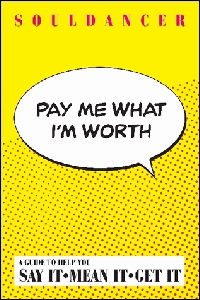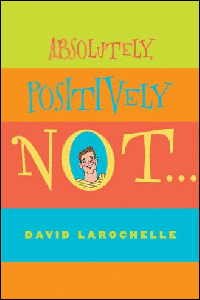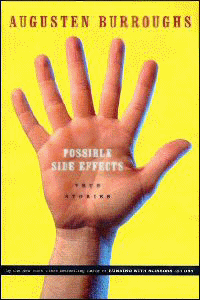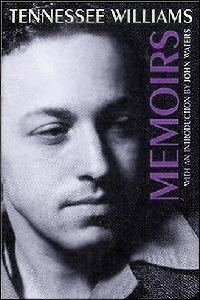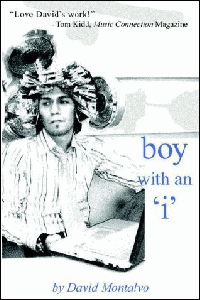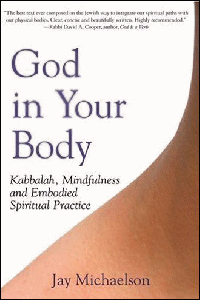Abstinence is a “neuter” movement. I don’t care what people do in bed, or if they don’t do anything. I just don’t think that everybody else has to feel how you feel about it. Whether it’s sex, religion or politics.
~John Waters
We are all one and if we don’t know it, we will learn it the hard way.
~Bayard Rustin
Ring the bells that still can ring
Forget your perfect offering
There is a crack, a crack in everything
That’s how the light gets in.
~Leonard Cohen (shared by Bernard Morin)
When I took the battered Bolex into my own hands I wanted to explore a more fluid form of cinema, using poems as shooting scripts…I wanted to see a cinema that would dance to words. I wanted to unite my two passions, poetry and dance, into something magical. I had always wanted to dance impossible dances. ~James Broughton
As someone who is simply making his best effort to be a rational human being, I am very slow to draw metaphysical conclusions from experiences of this sort. The truth is, I experience what I would call the “selflessness of consciousness” rather often, wherever I happen to meditate-be it in a Buddhist monastery, a Hindu temple, or while having my teeth cleaned. Consequently, the fact that I also had this experience at a Christian holy site does not lend an ounce of credibility to the doctrine of Christianity. ~Sam Harris
Anyone who has swallowed the scriptwriter’s notion that this is a film about the superiority of “home” over “away,” that the moral of The Wizard of Oz is as sickly sweet as an embroidered sampler, “east west home’s best,” “there’s no place like home” would do well to listen to the yearning in Judy Garland’s voice as her face tilts upwards to the skies. What she expresses here, what she embodies with the purity of an archetype, is the human dream of leaving. A dream at least as powerful as it’s countervaling dream of roots. At the heart of the Wizard of Oz is the tension between these two dreams. But as the music swells and that big clean voice flies into the anguished longings of the song, can anyone doubt which message is the stronger?
In its most potent emotional moment this is unarguably a film about the joys of going away, about leaving the grayness and entering the color, of making a new life in the place where there isn’t any trouble.
“Over the Rainbow” is, or ought to be, the anthem of all the world’s migrants, all those who go in search of the place where “the dreams that you dare to dream really do come true.” It is a celebration of escape, a grand paean to the uprooted self, a hymn, THE HYMN, to “elsewhere.”
~Salman Rushdie on The Wizard of Oz
The gay social contract allows a different, more generous, permission to center bliss in our lives. “Bliss” here does not mean simply plastering a beatific smile across one’s face. Bliss transcends recreation. It means something more philosophical, akin to what the cultural critic Joseph Campbell meant by his dictum “follow your bliss.” It is what Paul Monette described as our “flagrant joy.” Call it fun, call it play, call it eros, it encompasses a wild gamut of playfulness, pleasure and performance, whimsy and wackiness, silliness and spectacle. By whatever name, there is something markedly different in how our queer customs support the pursuit of happiness. Our bliss is the next page where we color outside the lines laid down by the larger culture. The centrality of bliss and play in our lives has political and social implications, affects our cultural and artistic contributions, and may even shape the well-being of the species. We may be having fun, but we’re not just fooling around.
~David Nimmons, The Soul Beneath the Skin
Archbishop Peter J. Akinola, primate of the Church of Nigeria and leader of the conservative wing of the communion, recently threw his prestige and resources behind a new law that criminalizes same-sex marriage in his country and denies gay citizens the freedoms to assemble and petition their government. The law also infringes upon press and religious freedom by authorizing Nigeria’s government to prosecute newspapers that publicize same-sex associations and religious organizations that permit same-sex unions.
Because the conflict over homosexuality is not unique to Anglicanism, civil libertarians in this country, and other people as well, should also be aware of the archbishop and his movement. Gifts from such wealthy donors as Howard Ahmanson Jr. and the Bradley, Coors and Scaife families, or their foundations, allow the Washington-based Institute on Religion and Democracy to sponsor so-called "renewal" movements that fight the inclusion of gays and lesbians within the Episcopal, Methodist, Presbyterian and Lutheran churches and in the United Church of Christ. Should the institute succeed in "renewing" these churches, what we see in Nigeria today may well be on the agenda of the Christian right tomorrow.
Surprisingly, few voices — Anglican or otherwise — have been raised in opposition to the archbishop. When I compare this silence with the cacophony that followed the Episcopal Church’s decision to consecrate the Rt. Rev. Gene Robinson, a gay man who lives openly with his partner, as the bishop of New Hampshire, I am compelled to ask whether the global Christian community has lost not only its backbone but its moral bearings. Have we become so cowed by the periodic eruptions about the decadent West that Archbishop Akinola and his allies issue that we are no longer willing to name an injustice when we see one?
~John Bryson Chane, Episcopal Bishop of Washington
“For the Greeks the essence of friendship consisted in discourse. They held that only the constant interchange of talk united citizens in a polis…However much we are affected by the things of the world, however deeply they may stir and stimulate us, they become human for us only when we can discuss them with our fellows…We humanize what is going on in the world and in ourselves only by speaking of it; and in the course of speaking of it we learn to be human.” ~Hannah Arendt
This is just an excerpt from this issue of White Crane. We are a reader-supported journal and need you to subscribe to keep this conversation going. So to read more from this wonderful issue SUBSCRIBE to White Crane. Thanks!
Updrafts is a regular feature of White Crane. If you have a little bit of wisdom to share with us, send it to us at dan@gaywisdom.org
